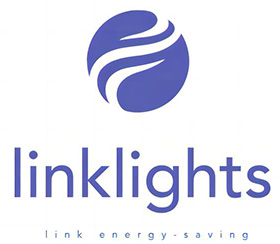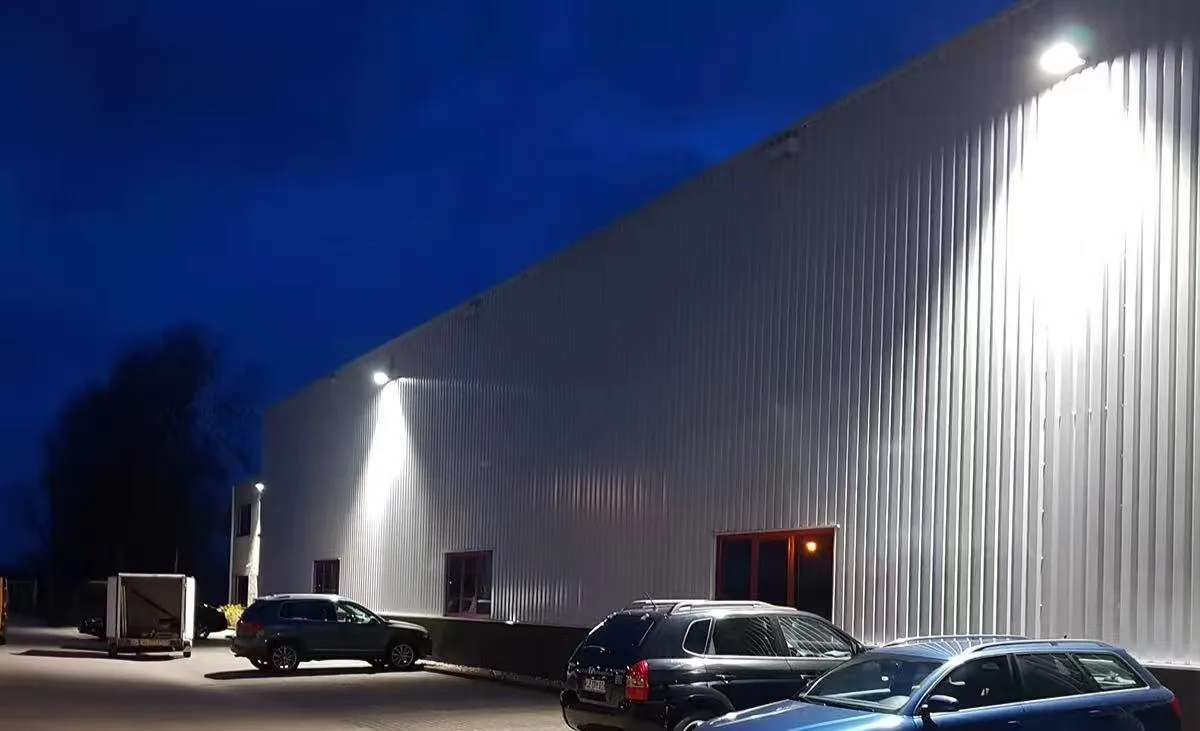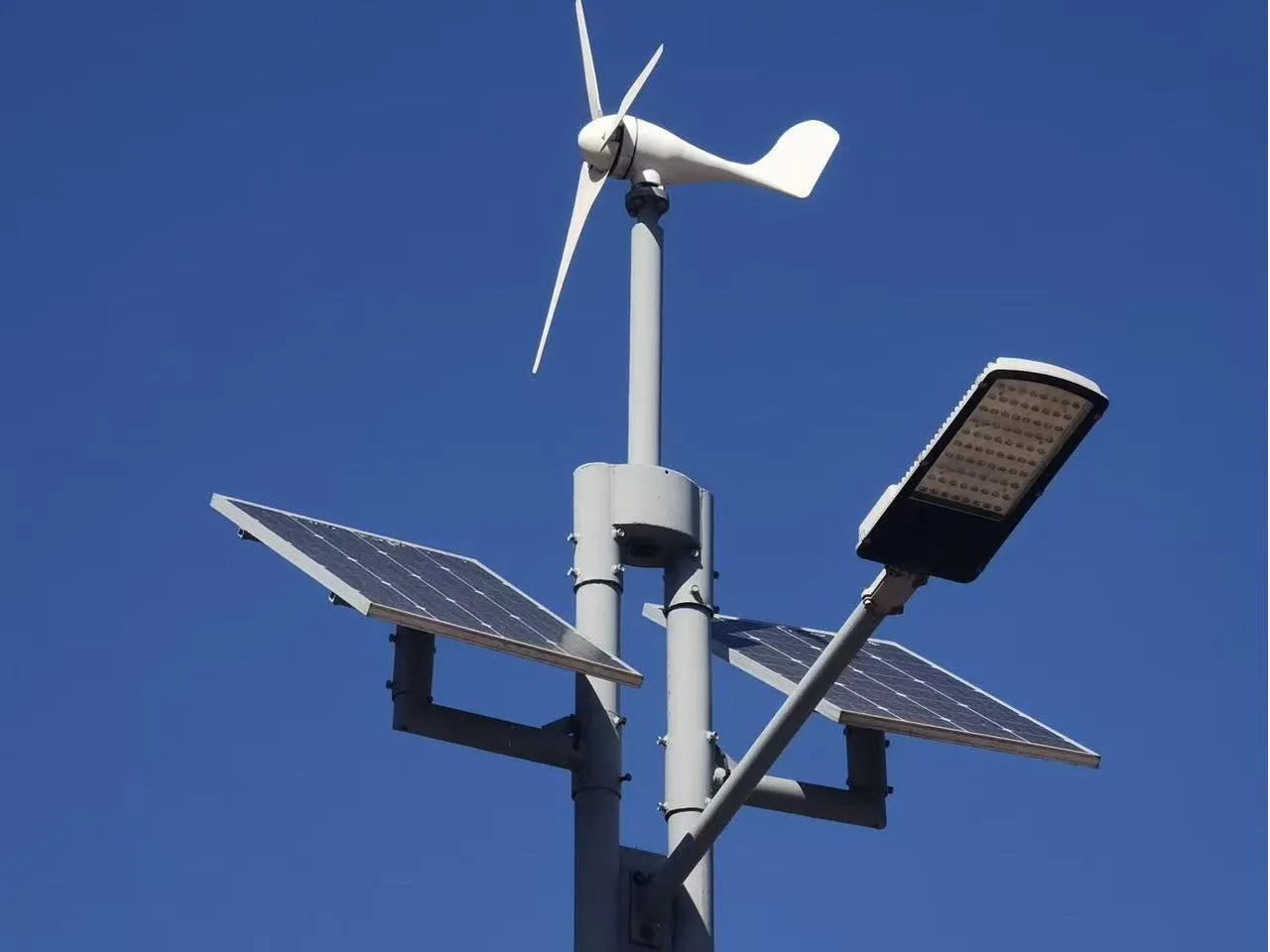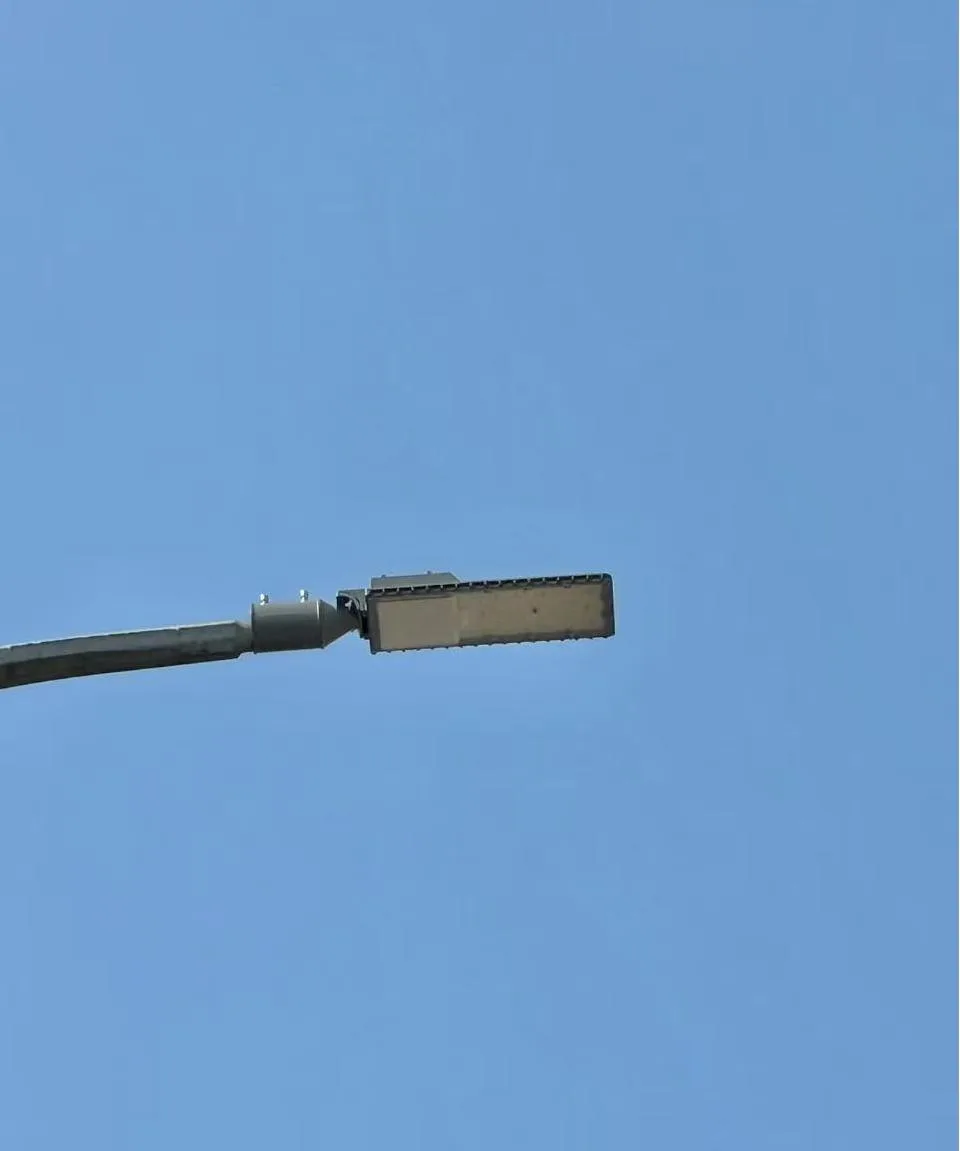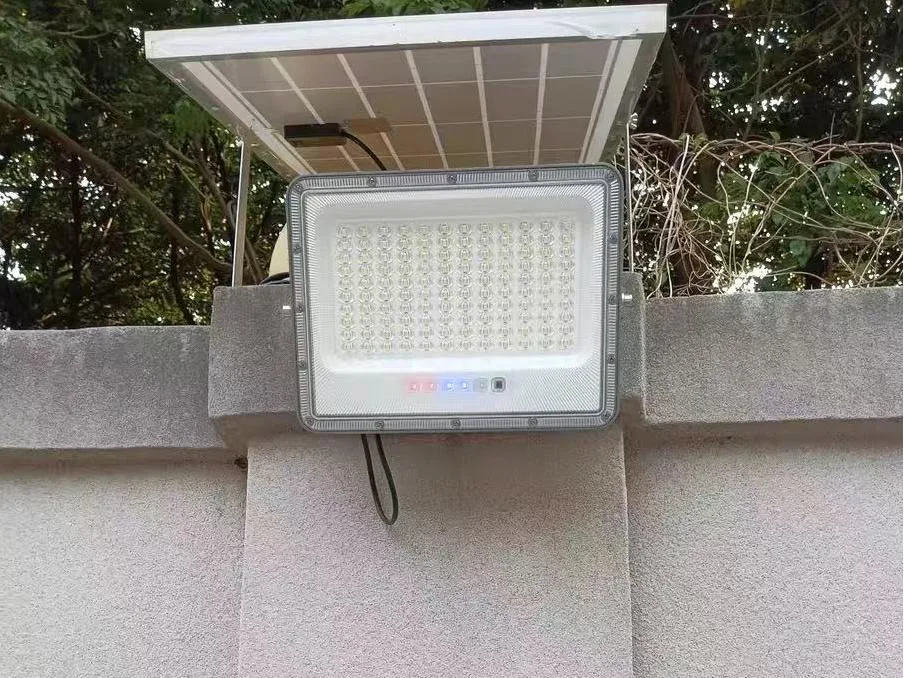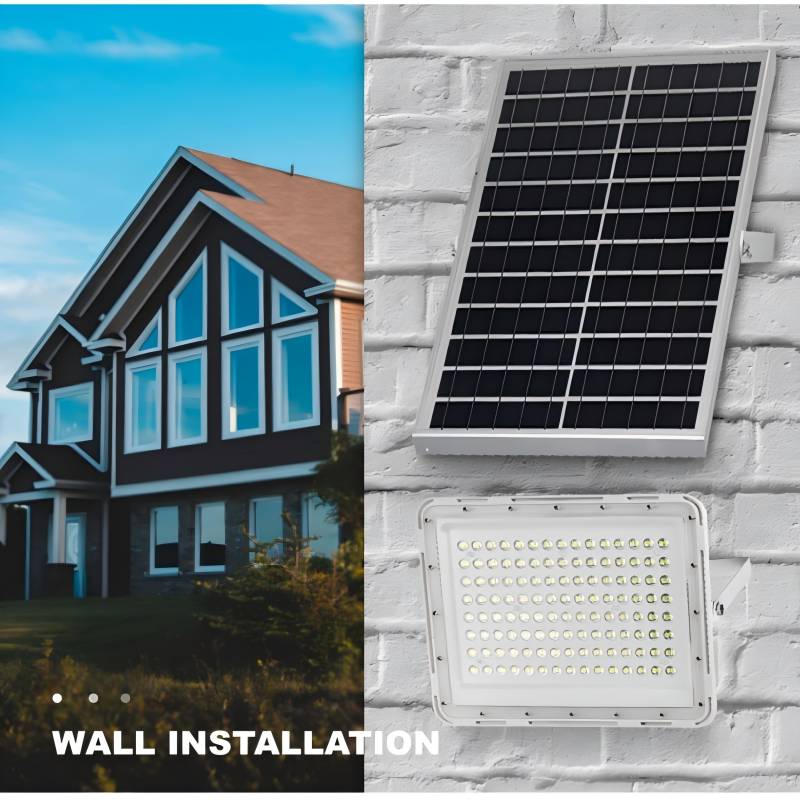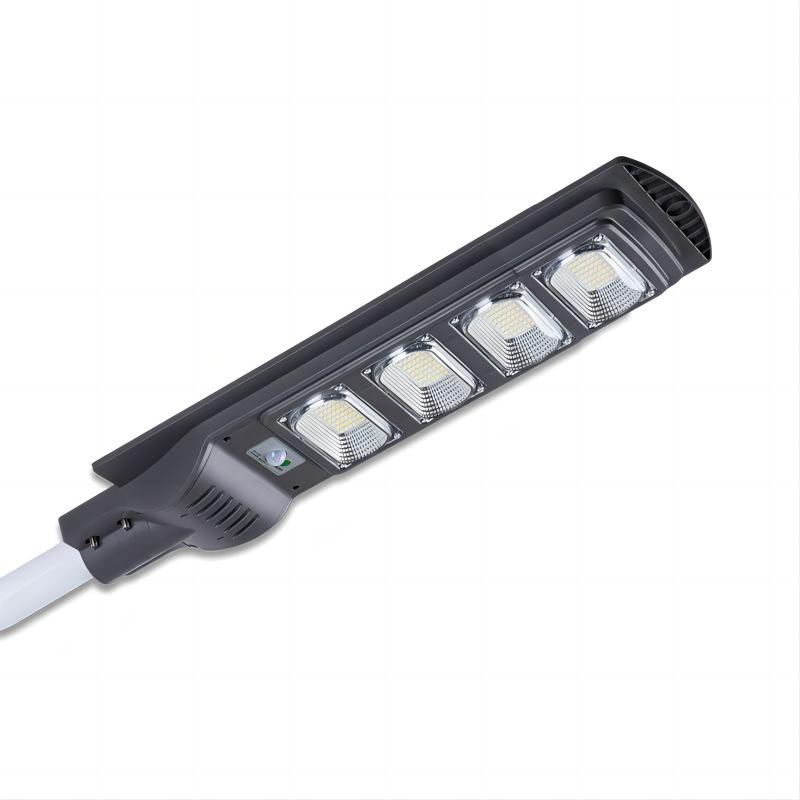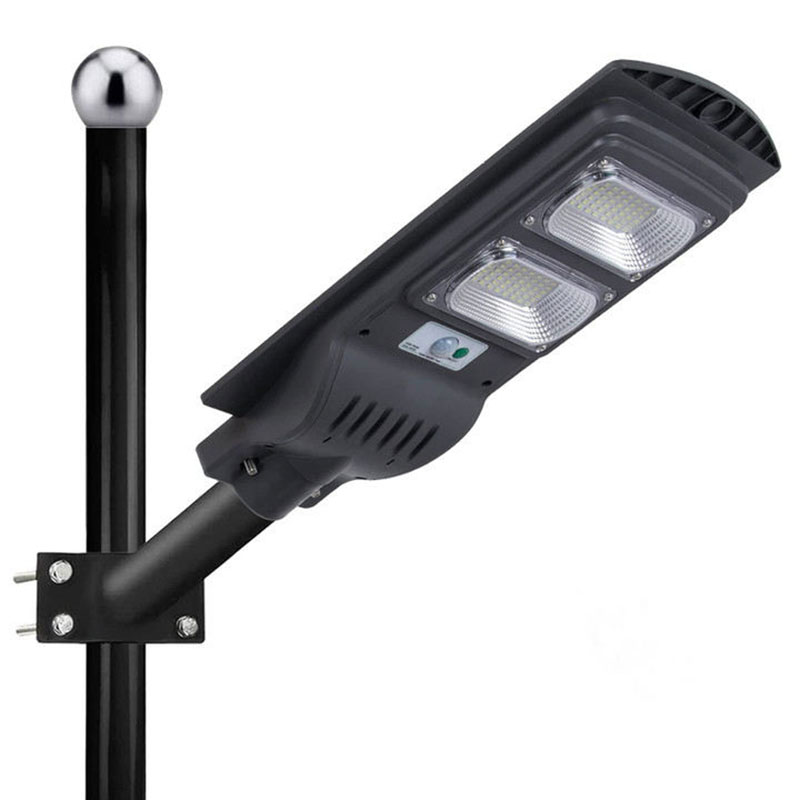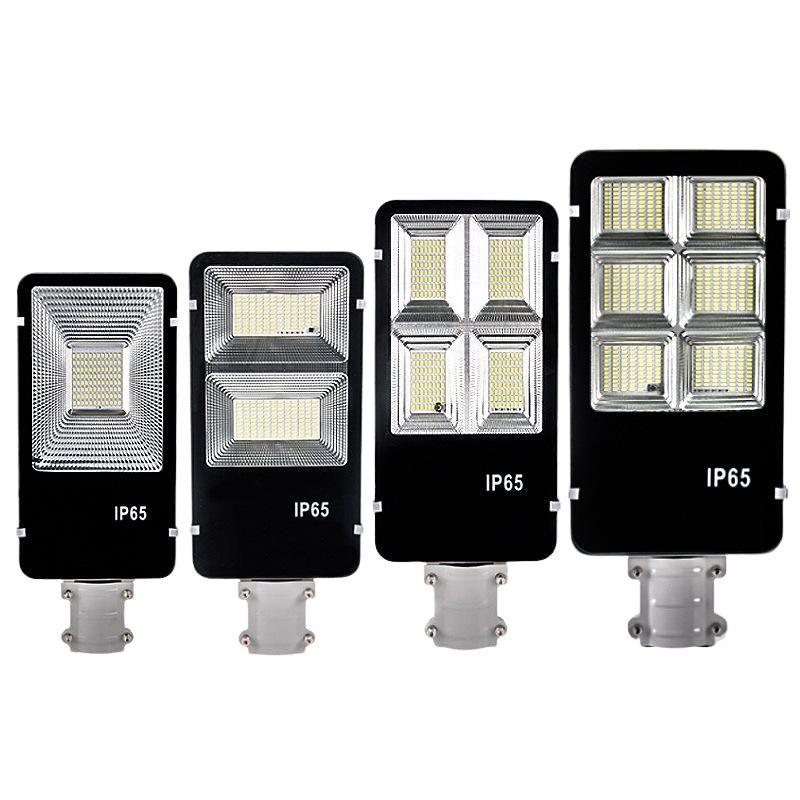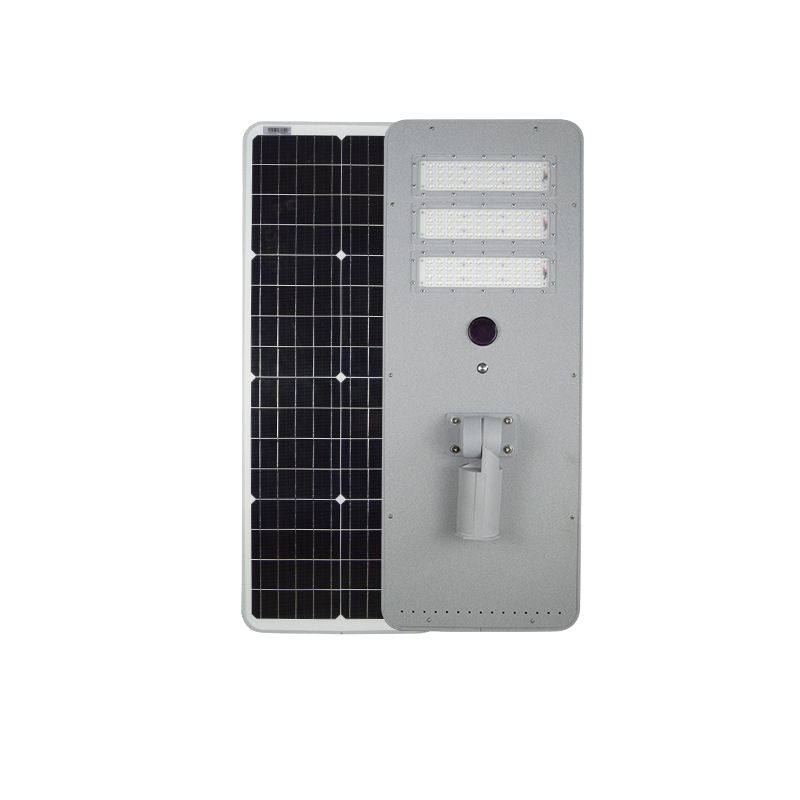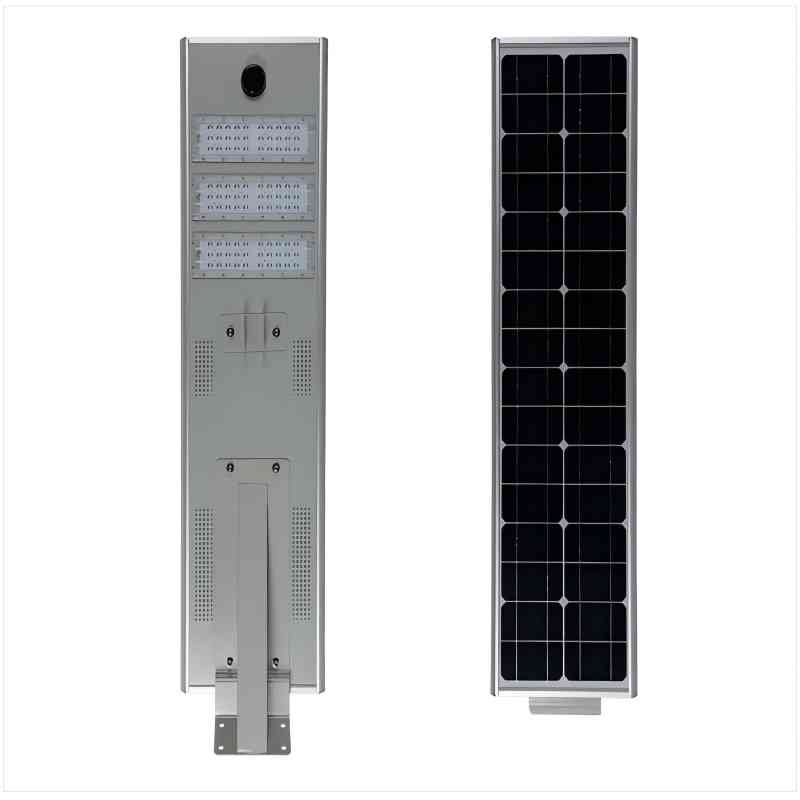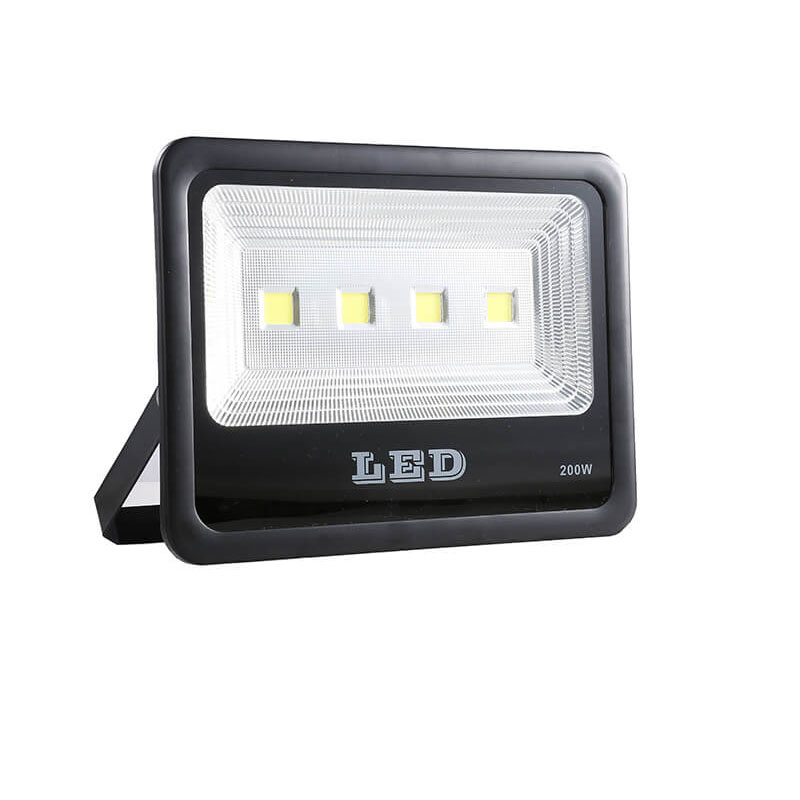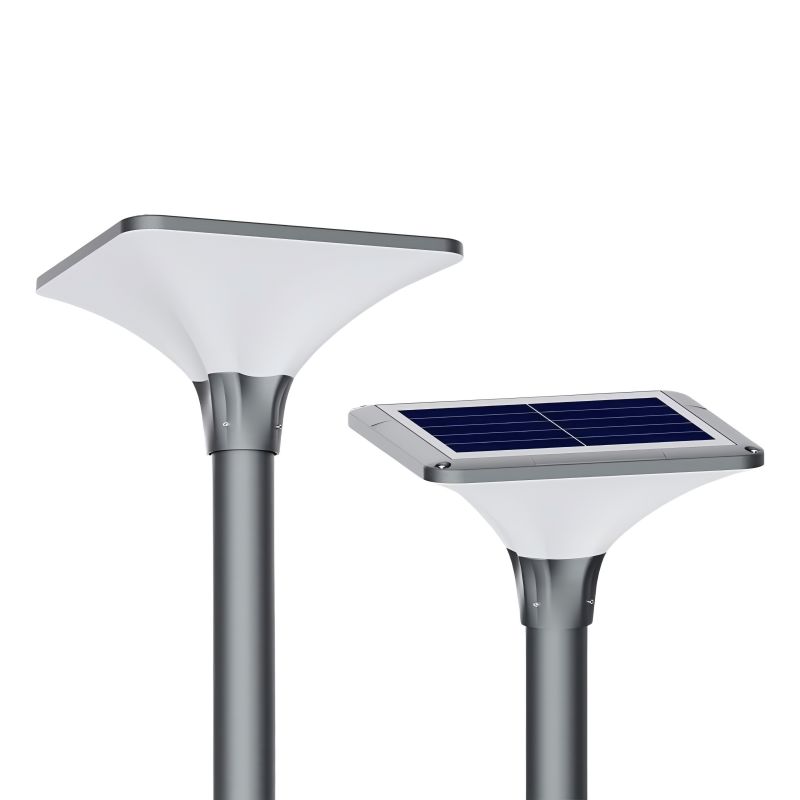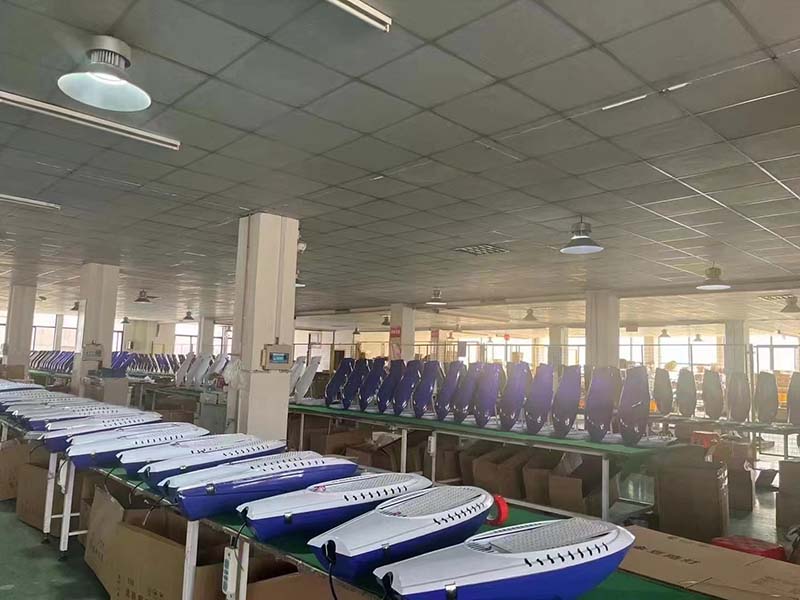Introduction:
In solar lighting street, picking the right led light color temperature (CCT) is not only about better light and saving power. It also affects comfort, safety, and the environment.
This guide helps project teams choose the best CCT for each site so the lights work well in many settings.We give clear, scene-based CCT tips that follow international standards and rules.We also include the latest tech trends to help your project succeed.
What is CCT and How It Affects led lighting street
Color temperature (CCT) means Correlated Color Temperature. It shows how warm or cool a light looks. We measure it in Kelvin (K).Lower CCT looks warm and yellow. Higher CCT looks cool and bluish. Different places need different CCTs, for example:
Warm white (2700K–3000K): This warm light white gives off a soft warm light with a slight yellow tone. It creates a calm and pleasant mood in gardens and courtyards. These outdoor yellow lights bring out the earthy colors in wood and brick, making outdoor spaces feel cozy and inviting.
Neutral White (3500k vs 4000k): Ideal for commercial areas and streets, providing uniform lighting that is neither too cold nor too warm.
Cool White (5000K-6500K): This type of lighting is ideal for security areas, parking lots, and modern-style designs that require a clear and sharp focus.
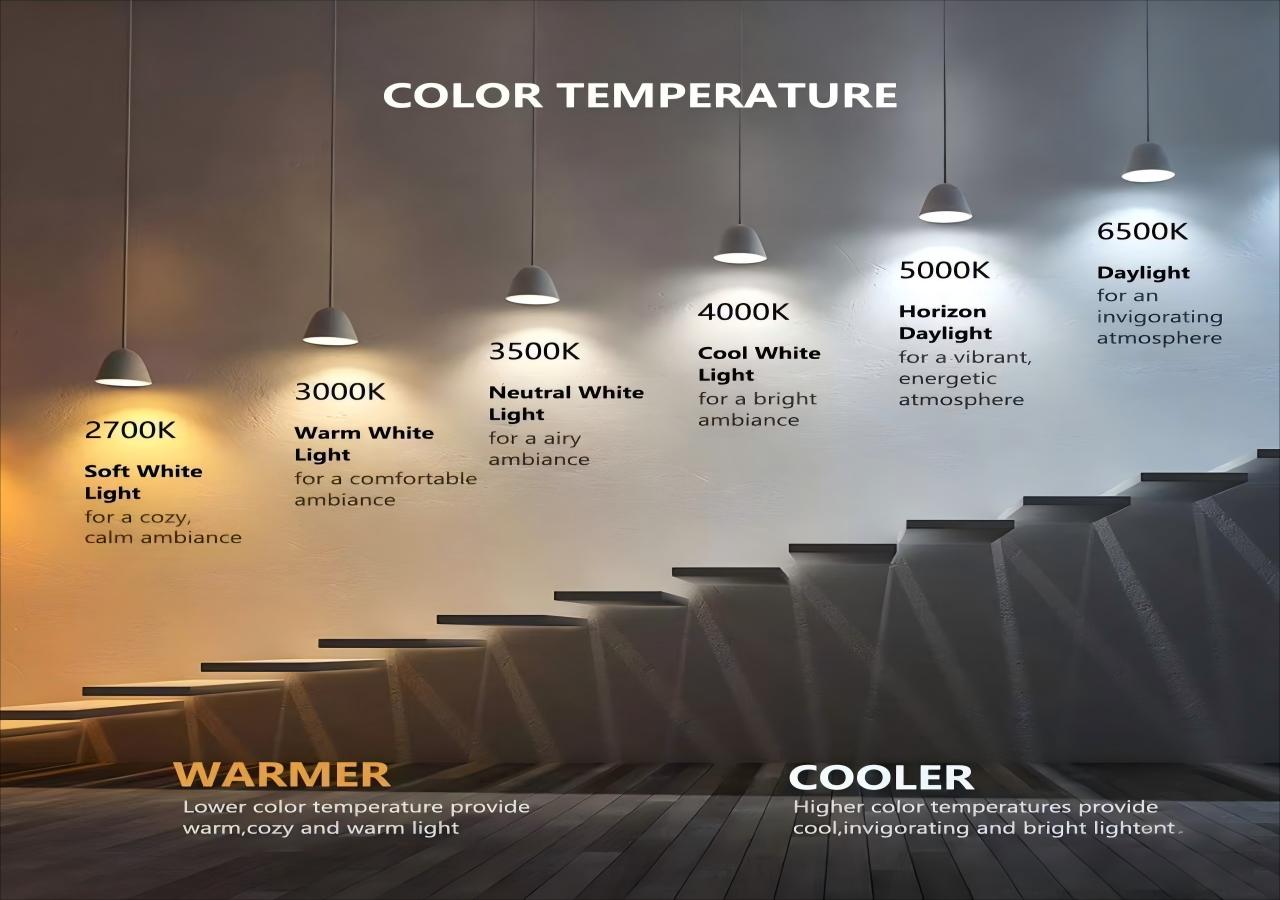
Selecting the Color Temperature for solar led street lighting
Solar-powered street lighting color temperature should meet three goals.
Ambience: soft warm lighting feels cozy and welcoming, while cooler lights look bright and modern.
Functionality: Neutral white shows plants and surface details more clearly.
Safety: In busy, higher-risk areas (e.g., sidewalks), use bright neutral-to-cool white with an anti glare light design to improve visibility and reduce discomfort.
Residential Areas & Pedestrian Zones (2700 vs 3000k)
According to the International Commission on Illumination (CIE), 2700K is warm white. It makes spaces feel comfortable and pleasant. It suits homes and places that need a quiet, relaxing mood. The Washington, D.C. Street Lighting Framework (NCPC) says 2700k color temperature is especially good for sidewalks and parks in housing areas, natural areas, and coastal zones where cutting lighting pollution is a top goal. It gives warm, gentle light at night.
3000K is also warm white. It works well for residential street lights, parks with lights, and public space lighting, giving these areas a cozy and calm look. The same framework suggests that a 3000K color temperature is better for city streets and business districts where people need clearer visibility while still limiting light pollution: It keeps the light both clear and comfortable.

Gardens & Public Green Spaces (2700 vs 3000k)
Use warm white 2700 vs 3000 kelvin for gardens and public greens. The International Dark-Sky Association (IDA) recommends ≤3000K in sensitive areas because it feels welcoming and helps cut light pollution skyglow. Lower blue light also means reduced glare and less impact on wildlife. Use full cut-off fixtures with no uplight and a slight down-tilt; limit high-angle light and keep even levels, not hot spots. Add time-of-night dimming and pedestrian triggers to save energy while maintaining safety. At signs, steps, and bridges, improve visibility with higher CRI and better uniformity, rather than raising CCT. If CCTV clarity is needed, stay near 2900–3000K, tune the camera, and add small fill lights. In solar systems, any warm white color temperature loss is minor and can be offset with good optics, upkeep, and smart dimming.
Arterials / Primary Streets 4000K vs 5000K
Based on FHWA’s review of NCHRP Report 940, tests showed that 4000k led light gave drivers the longest distance to see people or objects on the road, compared to 3000k colour and 5000k color. This means drivers could spot hazards or pedestrians earlier. Seeing farther at night can improve safety and may help lower accident risk.
As shown in the figure:
Vertical axis: detection distance (feet)
Horizontal labels: 3000k light led, 4000K, 5000K
Bar heights: 4000K is the tallest (about 200+ ft), 5000K is next (about 160 ft), and 3000K is the lowest (about 100 ft).
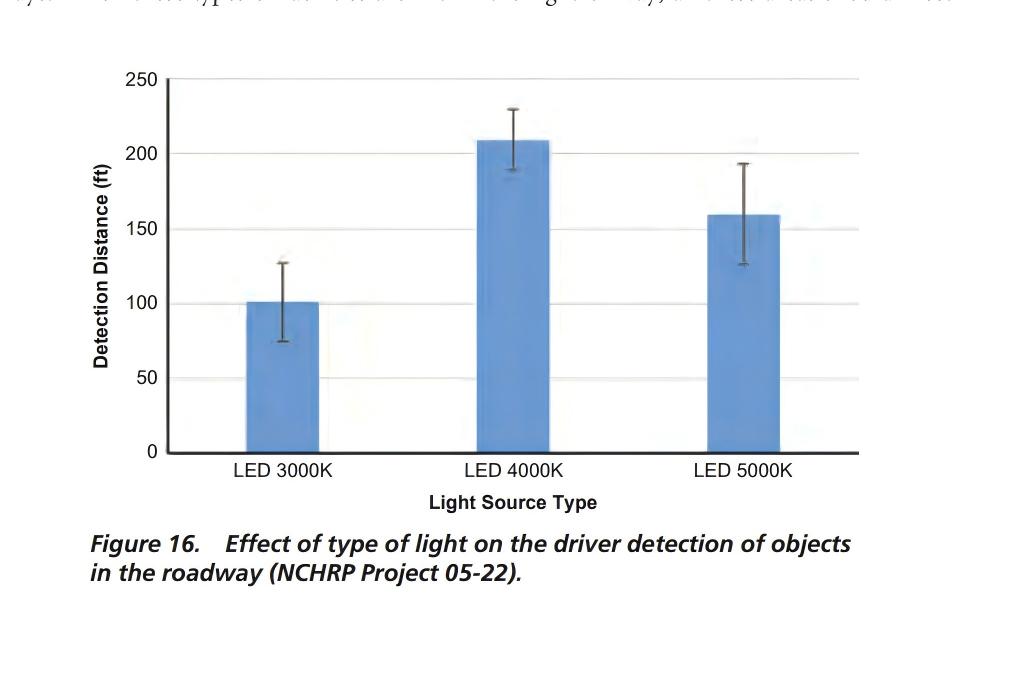
From Linklights’experience, here are tips for picking the color of solar energy street lights: Use neutral white light (4000K–5000K). It gives good brightness and comfort, without the fast light loss or glare of higher levels above colour 6000k. Also check the color rendering index (CRI). A CRI of 60–80 or higher is best. This makes sure the light shows object colors clearly and keeps good quality.
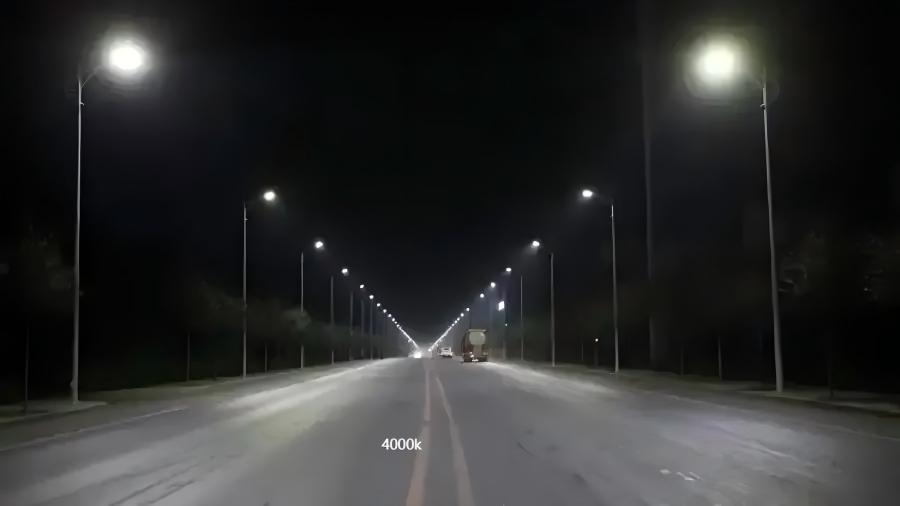
Commercial Districts and Parking Lots (4000K-5000K)
Neutral white light (4000K–5000K) is often used in commercial areas and parking lots. These places need bright and even light for safety and clear visibility. Studies and real projects show that, with the same light level, this color makes spaces look brighter, objects easier to see, and people feel safer.
Industrial Areas and Warehouses: 5000K-6500K
5000k color temperature: Cool White and Bright Light,5000k colour temperature is close to daylight and works well in places that need focus, like offices, factories, warehouses, operating rooms, bus stations, stadiums, parking lots, and security lights.Industrial plants and storage areas often use 5000K. Workplaces with dangerous tasks or jobs needing high focus may use a higher level, about 5300–6500K.
Stadiums and Open-Air Venues: 5000K-6500K
In stadiums, color temperature changes both brightness and comfort. For fast sports like football, basketball, and badminton, warm light can look dim and blurry. Very cool light can cause glare and eye strain. Venues choose the light based on use: training areas often use 5000–6000K, while competition areas use 5500–6500K. Most pro stadiums set lighting between 5000K and 5700K. This “daylight white”is close to natural light and helps players and viewers see edges and colors more clearly.

Environmental Factors
In places with heavy haze or rain, street lamps in fog should cut glare and make targets easier to see. Warm white light (2700–3500K) is best because it lowers backscatter and glare, making roads clearer in fog and rain. Thanks to better LED chips and drivers, the old problem of choosing between brightness and color is no longer a big issue. Picking this range does not greatly reduce energy savings from led bulbs, so visibility and efficiency can both be achieved.
Temperate and Tropical Climates:
In warmer climates, solar led street lights may need a higher color level (over 4000K). This helps balance strong sunlight in the day and gives enough brightness at night.
Industry Standards & Compliance
When selecting a color temperature for a solar lamp street light project, it is crucial to adhere to international standards and industry specifications. Here are several important reference standards:
The International Commission on Illumination (CIE): This provides global standards for the selection and application of color temperatures, helping lighting designers and engineers develop lighting solutions that meet their needs.
The International Dark-Sky Association (IDA): This advocates for the use of low-color-temperature LED lighting to reduce light pollution and recommends 2200K amber light in ecologically sensitive areas.
The European Building Lighting Code (EN12464): This provides recommended CCT ranges for different types of buildings and solar-street-lighting to ensure that lighting meets safety and comfort requirements.
Improving energy efficiency and reducing light pollution?
When picking solar street lights, it is important to think not only about color but also about saving energy and cutting light pollution.
High-Efficiency LED Sources
Good LEDs use less power, last longer, and give steady light from 2700K to 6500K. They also lower costs, with lifetimes of 50,000–100,000 hours.
Smart Lighting Control
Smart systems change brightness and color by traffic or time. Warm light (around 3000K) can be used late at night to cut glare and save energy. Cooler light (4000K–5000K) gives clear views during busy times. This keeps both safety and savings.
Light Pollution Reduction
Avoiding very cool light (>6000K) and using cutoff designs stops wasted upward light. This reduces sky glow, helps wildlife, and makes nights more comfortable for people.By using good LEDs, smart controls, and proper light design, solar street lights can save energy, keep roads safe, and protect the environment at the same time.
Conclusion:
Making the Right Color Temperature Choice for Your Solar Street Light Project
Picking the right color temperature (CCT) is key to a solar street light project. It affects how well people see, how safe roads are, and how much energy is saved. The right choice improves both performance and sustainability.
Experts should choose based on the needs of each place, local weather, and global rules. By knowing the factors that shape CCT and the standards that guide it, you can get the best lighting for your project. This also helps create safer and healthier nights for city residents.
FAQ
1.Which color temperature is best for solar street lights in residential areas and pedestrian zones?
Recommendation: 2700–3000K (warm white). This range supports a relaxed, comfortable ambience, reduces nighttime glare and spill light, and is more friendly to light-pollution control. For roads adjacent to parks, green belts, or ecologically sensitive areas, prioritize ≤3000K and combine with down-tilted optics and shielding accessories to balance resident experience and environmental goals.
2.Why do commercial districts and parking lots often use 4000–5000K?
Focus: recognition and clarity. Commercial streets and parking areas require uniform, ample illumination to ensure driver and pedestrian recognition. Field practice and multiple studies show that at equal illuminance, neutral white (~4000K) often delivers stronger perceived brightness and target visibility. If a project prefers a “cooler look” and higher contrast, fine-tune within 4000–5000K—while controlling high-angle luminance and glare to avoid the misconception that “higher CCT = harsh.”
3. In regions with frequent haze/drizzle, why recommend 2700–3500K?
Lower CCT contains less short-wavelength content, so it’s less prone to “whiteout” from backscatter in fog/haze. Combined with down-tilted optics, limits on high-angle luminance, and time-of-day/adaptive dimming, it can reduce glare and improve target contrast and roadway visibility. If fog/rain is common year-round, set 3000–3500K as a static compromise; if tunable white is available, trigger warm-white priority under adverse weather.
4.Will lower CCT significantly reduce efficiency or raise PV/battery costs?
Usually not a primary constraint. With recent gains in LED chip and driver efficacy, the “efficacy vs. CCT” trade-off has eased considerably. Project energy use is driven more by target illuminance/luminance levels, optical efficiency, control strategy (time-of-day/adaptive dimming), and maintenance/cleaning cycles. Using high-efficacy sources and quality optics keeps CCT-related differences in system sizing (panel/battery) within a manageable range.
5.Can “time-of-day dimming” shift the color temperature to 2700–3500K? What system is needed?
Dimming ≠ CCT change. Time-of-day dimming only changes brightness, not color temperature. To shift to warm-white by time or weather, you need tunable-white luminaires (dual warm/cool channels) plus compatible controls (e.g., DALI-2 DT8 / D4i, Zigbee/BLE Mesh + CMS). Suggested strategy:
Clear, normal conditions: ~4000K (adjust output by task).
Late night / low activity: 3500K + maintain lower illuminance.
Fog/rain/snow event: 3000–3500K + limit high-angle luminance.
